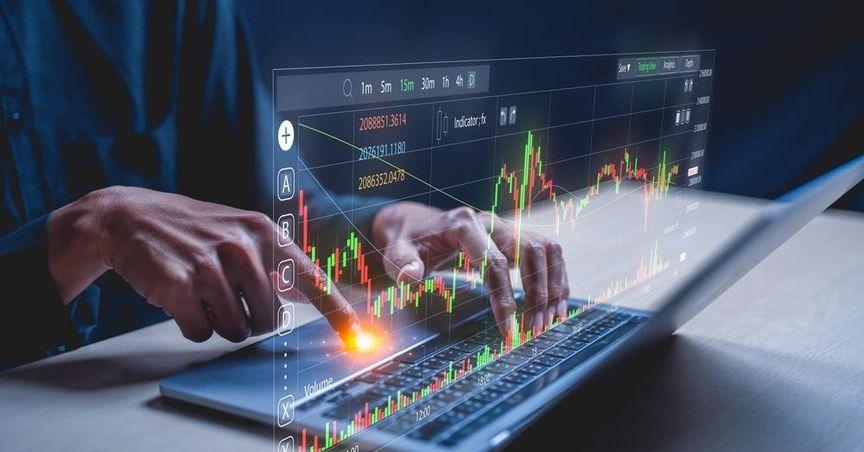Highlights
- US dollar weakens amid tariff rumors linked to Trump.
- ASX rises, led by tech and consumer discretionary stocks.
- Mixed performance among miners, while lithium and uranium stocks climb.
The Australian share market continued its upward trajectory, taking cues from gains in US markets. The S&P/ASX 200 index rose 30.20 points, or 0.37%, to 8,287.60 points by mid-morning. Over the past week, the index has gained 1.57%, positioning itself just 2.66% shy of its 52-week high.
This rally comes amidst a dip in the US dollar, driven by rumors surrounding President-elect Donald Trump’s potential tariff policies. Reports suggested Trump might consider tariffs on critical imports rather than broad-based measures. However, the former president dismissed these claims, calling them speculative. Despite this, the uncertainty caused ripples in the currency market, underscoring the influence of Trump's policy signals on market dynamics.
Market strategists highlighted the volatility stemming from these developments. According to one expert, market participants seem cautious about extending their US dollar positions, given uncertainties surrounding Trump's policy direction and upcoming economic data releases. The US labor market data, due later this week, adds another layer of complexity for traders navigating this period.
On the local front, the ASX saw gains across most sectors. Consumer discretionary stocks led the charge, advancing 0.76% in early trade and recording a 1.62% gain over the past five days. Materials, which had previously shown weakness, edged up by 0.08%.
Among the miners, mixed performances were observed. Shares of Yancoal Australia (ASX:YAL) slipped 1.29% to $6.11, Fortescue Metals Group (ASX:FMG) declined 1.28% to $17.82, and Bellevue Gold (ASX:BGL) dipped 1.27% to $0.97. Conversely, lithium miner Liontown Resources (ASX:LTR) surged 4.46% to $0.59, and uranium producer Boss Energy (ASX:BOE) climbed 3.26% to $2.85.
The S&P/ASX 200 index, which represents the top 200 ASX-listed companies by market capitalization, continues to serve as a benchmark for institutional investors. Accounting for approximately 80% of the Australian equity market, its recent gains reflect optimism amidst global market fluctuations.
As global and local economic data unfolds, investors will closely monitor developments around US fiscal policies and their potential ripple effects on currency markets and equity performance.



